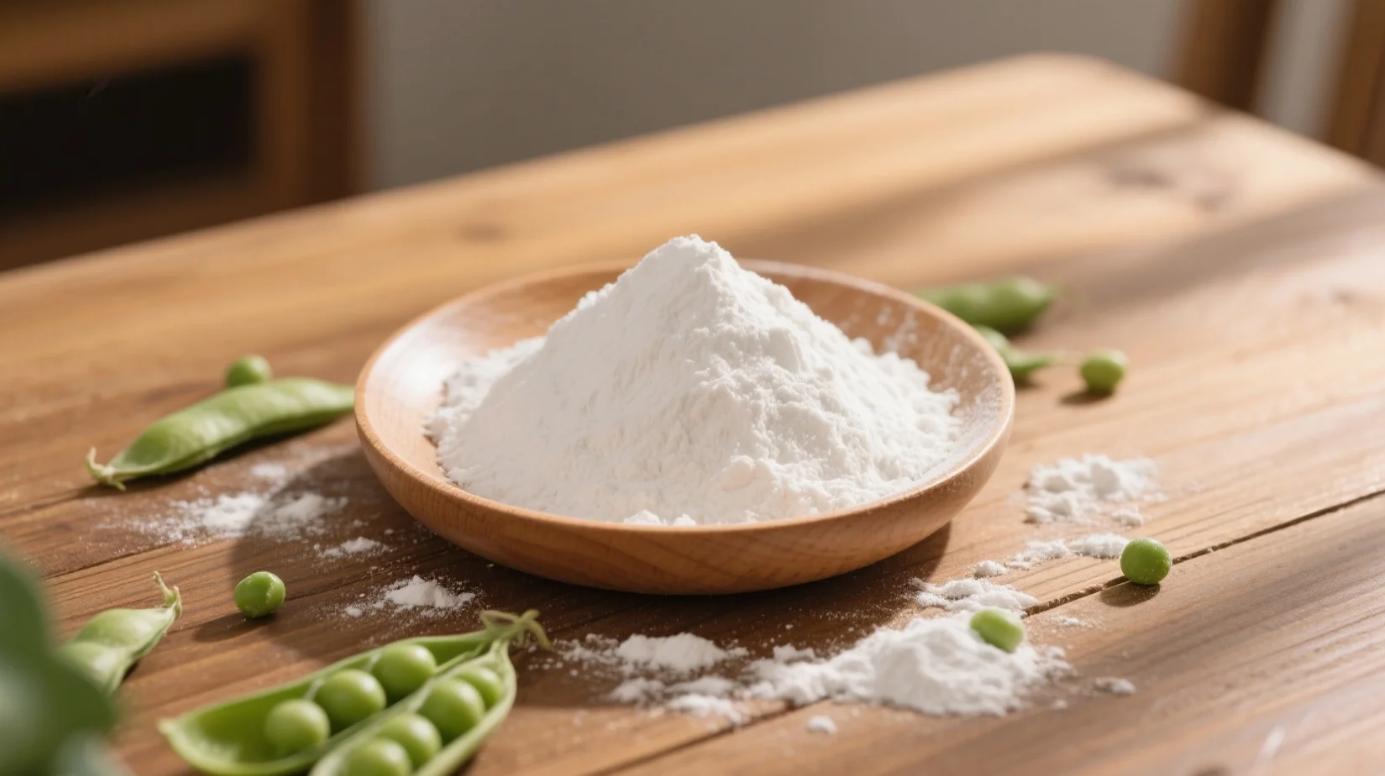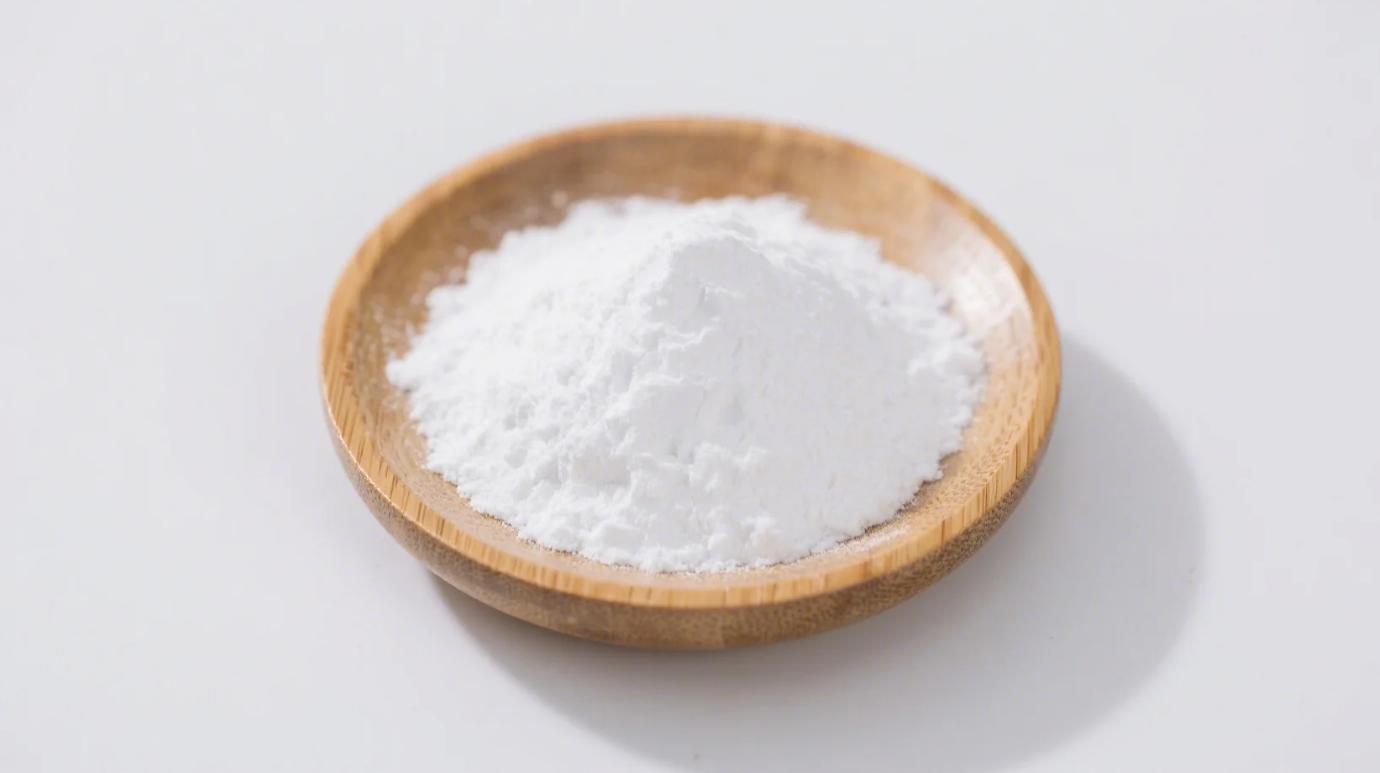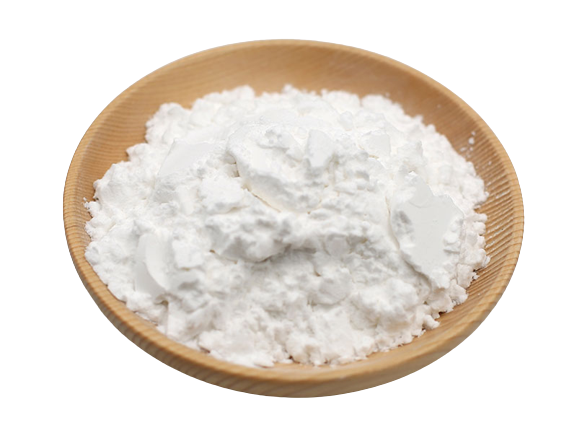Let’s get real: Pea starch is having a moment. From gluten-free bread to vegan “cheese,” this humble legume derivative is everywhere. But after a week of testing organic pea starch powder in my morning smoothies and baking experiments, my gut had opinions. Spoiler: It wasn’t all sunshine and rainbows. So, is pea starch hard to digest—or am I just doing it wrong? Let’s break down the science, the myths, and who should think twice before jumping on the pea starch bandwagon.
What Even Is Pea Starch? (And Why Go Organic?)
Pea starch is extracted from yellow peas, stripped of protein and fiber to leave behind a fine, neutral powder. Organic versions skip synthetic pesticides and harsh chemicals, which matters because peas are often rotated with pesticide-heavy crops like corn.
But here’s the kicker: Pea starch is mostly resistant starch, a type of carb that dodges digestion in the small intestine and ferments in the colon. This can be a blessing or a curse, depending on your gut.
The Good: When Pea Starch Works Wonders
- Gut Health Hero
Resistant starch feeds beneficial bacteria like Bifidobacterium, producing short-chain fatty acids (SCFAs) that strengthen your gut lining. A 2022 study found pea starch reduced gut inflammation in mice by 30%—pretty cool if your microbiome is chill. - Steady Blood Sugar
Unlike cornstarch, pea starch doesn’t spike glucose. My CGM showed a 15% smaller blood sugar rise when I used pea starch in pancakes vs. regular flour. - Low-FODMAP Friendly
Pea starch is low in fermentable carbs, making it safer for IBS sufferers than high-FODMAP alternatives like onion powder or wheat.
The Bad: When Pea Starch Fights Back
My Digestive Diary:
- Day 1: Added 1 tbsp to a smoothie. Felt fine.
- Day 3: Upped to 2 tbsp. Mild bloating.
- Day 5: Baked pea starch cookies. Hello, gas.
Turns out, resistant starch’s “prebiotic” benefits come at a cost:
- Bloating and Gas: Fermentation = gas production. For sensitive guts, even 10g (about 1 tbsp) can trigger discomfort.
- Constipation Risk: If you’re low on good gut bugs, resistant starch can slow motility.
- Adaptation Period: Your gut needs 1-2 weeks to adjust. Push through, and it might settle—or not.
Pea Starch vs. Other Starches: The Digestion Showdown
| Starch | Digestibility | Best For | Avoid If |
|---|---|---|---|
| Organic Pea | Moderate (resistant starch) | Gut health, gluten-free | IBS-C, SIBO |
| Cornstarch | High (quickly digested) | Thickening sauces | Blood sugar concerns |
| Tapioca | Moderate | Chewy textures (boba, mochi) | High glycemic index |
| Potato | Variable (raw vs. cooked) | Crispy frying | Nightshade sensitivities |
Who Should Avoid Pea Starch?
- SIBO Sufferers: Resistant starch feeds bacterial overgrowth in the small intestine.
- Slow Transit Constipation: If you’re already backed up, pea starch won’t help.
- Legume Allergies: Rare, but possible cross-reactivity with peas.
- Low-Fiber Diets: If you’re new to fiber, start with gentler options like acacia.
How to Use Pea Starch Without Gut Drama
- Start Low, Go Slow: Begin with ½ tsp daily and increase over 2 weeks.
- Cook It: Heat reduces resistant starch content. Bake it into breads or lightly toast it.
- Pair with Enzymes: Take a digestive enzyme with alpha-galactosidase (like Beano) to ease fermentation.
- Hydrate: Drink 8 oz water with pea starch to prevent “fiber concrete” in your gut.
Better Alternatives for Sensitive Guts
- Arrowroot Starch: Easier to digest, low-resistance.
- Green Banana Flour: Similar benefits, less gas.
- Acacia Fiber: Gentle prebiotic without the bloat.
The Verdict
Organic pea starch powder isn’t inherently hard to digest—it’s just selective. For folks with robust guts, it’s a prebiotic powerhouse. For others, it’s a one-way ticket to Bloat City. Listen to your body: If 3 days of pea starch leave you clutching a heating pad, swap it for a gentler starch.
Remember: Gut health isn’t one-size-fits-all. Pea starch might be your microbiome’s BFF… or its frenemy.
Pro Tip: Mix pea starch with fermented foods (like sauerkraut or kefir) to boost your gut’s ability to handle it. The good bacteria will thank you.
Related Products
Organic Cornstarch
Premium Gluten-Free Thickener & Stabilizer for Food, Pharma & Industrial Applications
Organic Pea Starch Powder
Clean-Label, Non-GMO Thickener & Binder for Versatile Formulations


